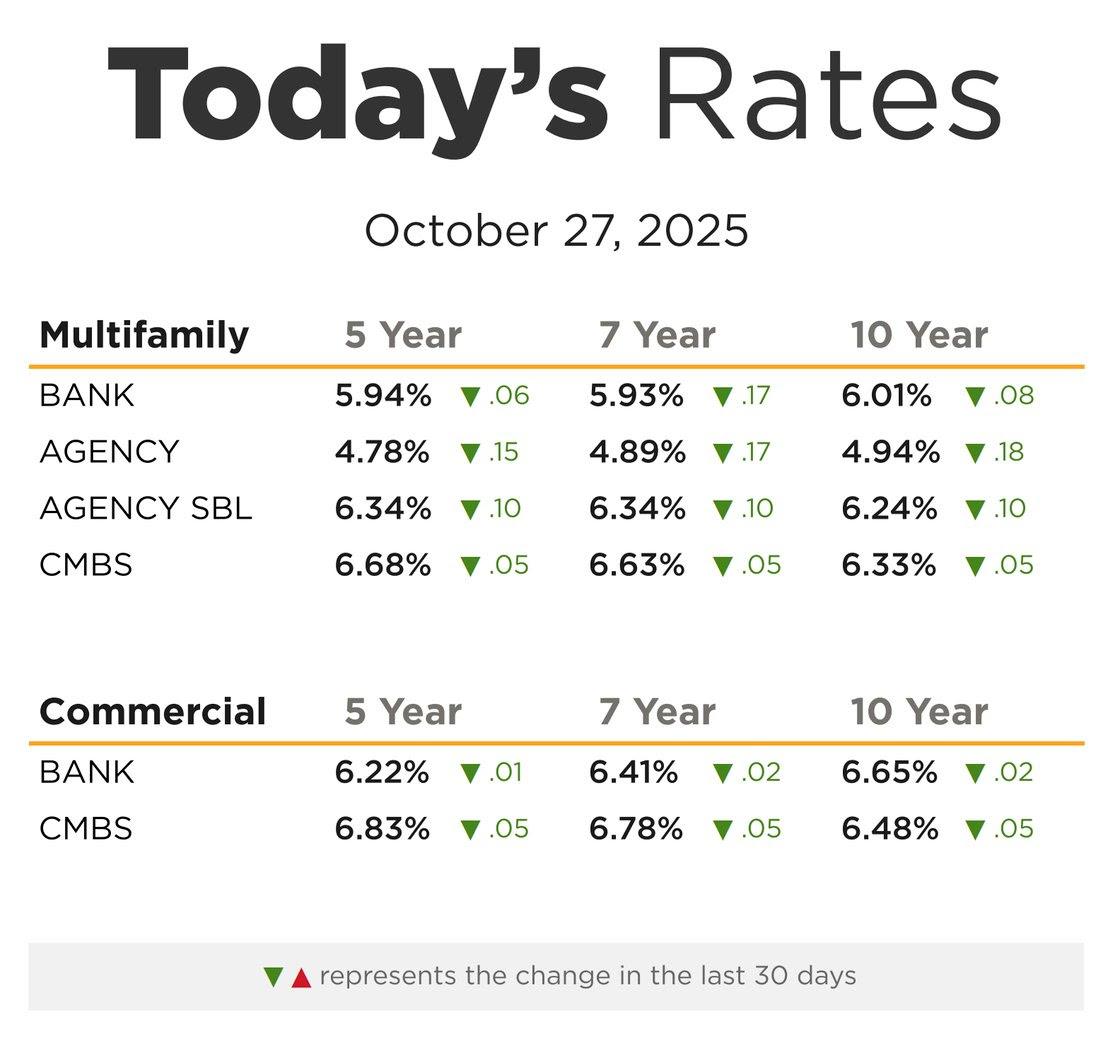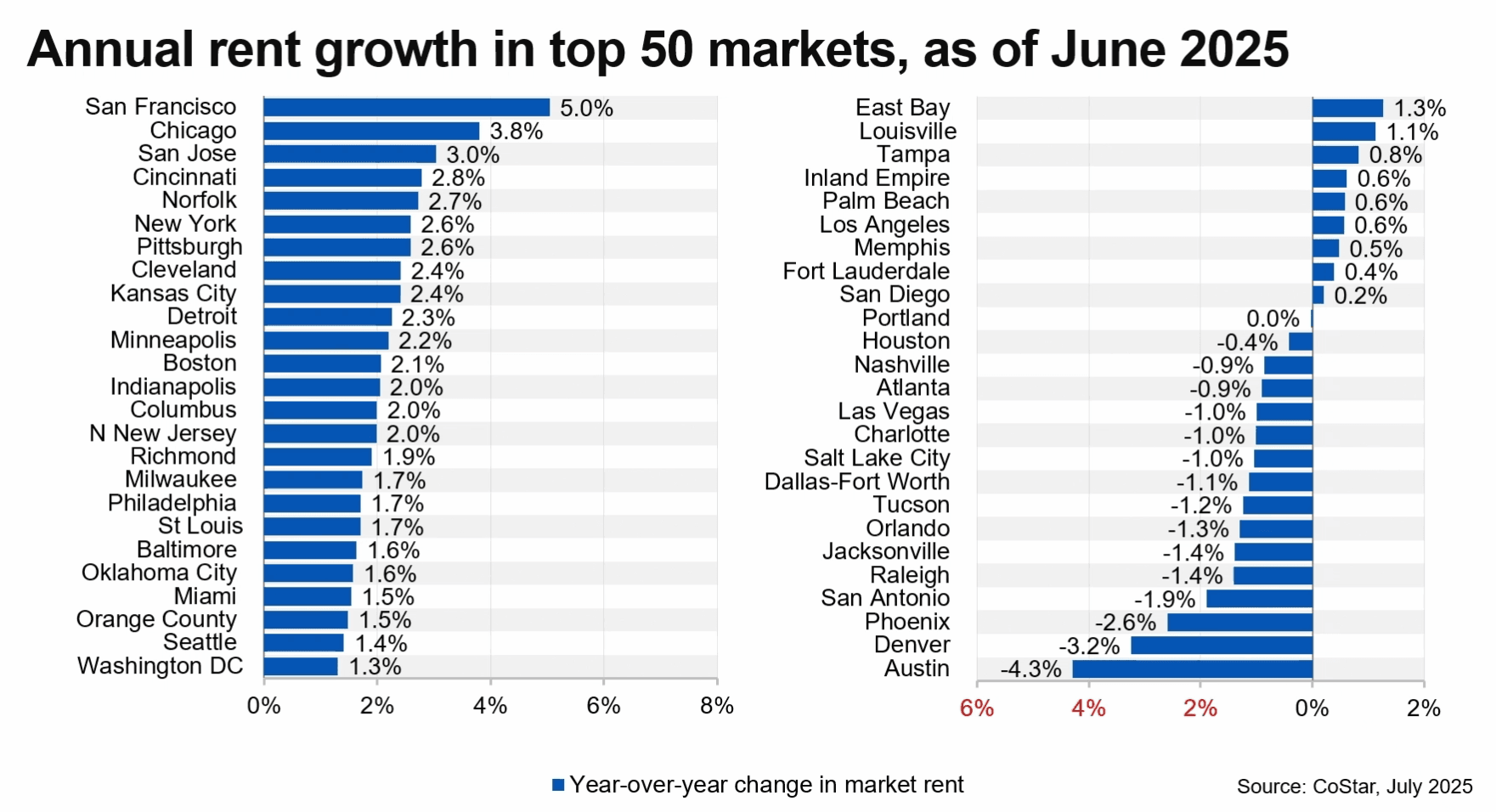Photo by Konstantin Evdokimov on Unsplash
High inflation is now the beast that the Federal Reserve is out to slay.
At least that’s the big takeaway from Federal Reserve Chair Jerome Powell after the Federal Open Market Committee meeting on Wednesday — though he didn’t use such metaphorical language.
Rather, Powell said that “elevated inflation pressures” spurred the central bank to plan to cut asset purchases twice as fast as it previously announced, which sets the stage for interest rate increases starting in 2022.
“They are revising up inflation, revising down unemployment, and as a result, they’re pushing up the path for interest rates,” Renaissance Macro head of U.S. economics Neil Dutta told The New York Times. “It’s a bit of a 180 on Powell’s part.”
Consumer inflation is as high as it has been since the early 1980s, and the government reported on Tuesday that wholesale prices jumped at a rate of 9.6% year-over-year in November, the fasted pace on record.
“I think it’s the impact on the broader population that’s really the Fed’s challenge,” Logan Capital Management Principal Stephen Lee told NBC.
Bankrate Chief Financial Analyst Greg McBride told the network that until there is greater clarity about the transmissibility of the omicron variant and its possible economic fallout, with the latest move the central bank left itself room to reverse course on its monetary policy, if necessary.
At the latest meeting, the FOMC didn’t raise interest rates, but it did forecast that there will be three hikes next year — up from the two it anticipated in September. The committee also foresees three more increases in 2023 and two the following year.
The median projection among FOMC members for the federal funds rate in 2022 is to end the year at 0.9%, while the median for 2023 is 1.6%, and the committee expects the long-term rate to be 2.5%.
The tapering of asset purchases gives the Fed flexibility when it comes to starting rate hikes, Janus Henderson Investors Global Bonds Portfolio Manager Jason England told Bisnow by email.
“This should put pressure on the front-end of the U.S. Treasury curve, leading to more flattening, with the trajectory of front-end rates higher,” England said.
Powell stressed that the Fed isn’t going to move precipitously in its monetary policy, with two more meetings to go until asset purchases are completely wound down. On the other hand, he also said that he didn’t anticipate much of a waiting period afterward before interest rates rise, as occurred in the mid-2010s.
Moreover, the central bank also said that it is waiting for the labor market, which has been improving lately, to improve more before it ramps up interest rates.
“With inflation having exceeded 2% for some time, the committee expects it will be appropriate to maintain this target range until labor market conditions have reached levels consistent with the committee’s assessments of maximum employment,” the Fed said in a statement.
When asked what would constitute maximum employment, Powell wasn’t specific, saying that it would be a judgment call on the part of the committee, based on the unemployment rate, but also the labor participation rate, as well as wages and other factors.
Investors reacted positively on Wednesday, with the Dow Jones Industrial Average and the S&P 500 both up. The Dow gained 1.08% for the day, while the S&P 500 was up 1.63%. The FTSE NAREIT Composite index likewise had a good day on Wednesday, ending up at 1.32%.
Receive Market Insights
Periodic analysis on rents, pricing, cap rates, and transaction activity across Chicago and key suburban markets.



